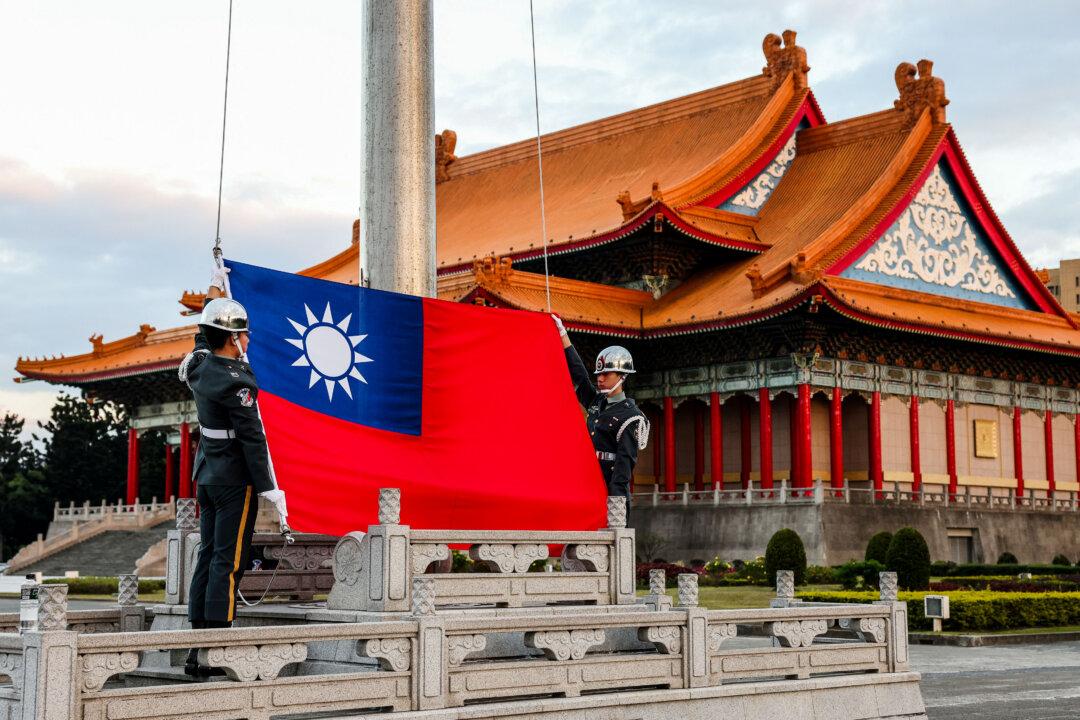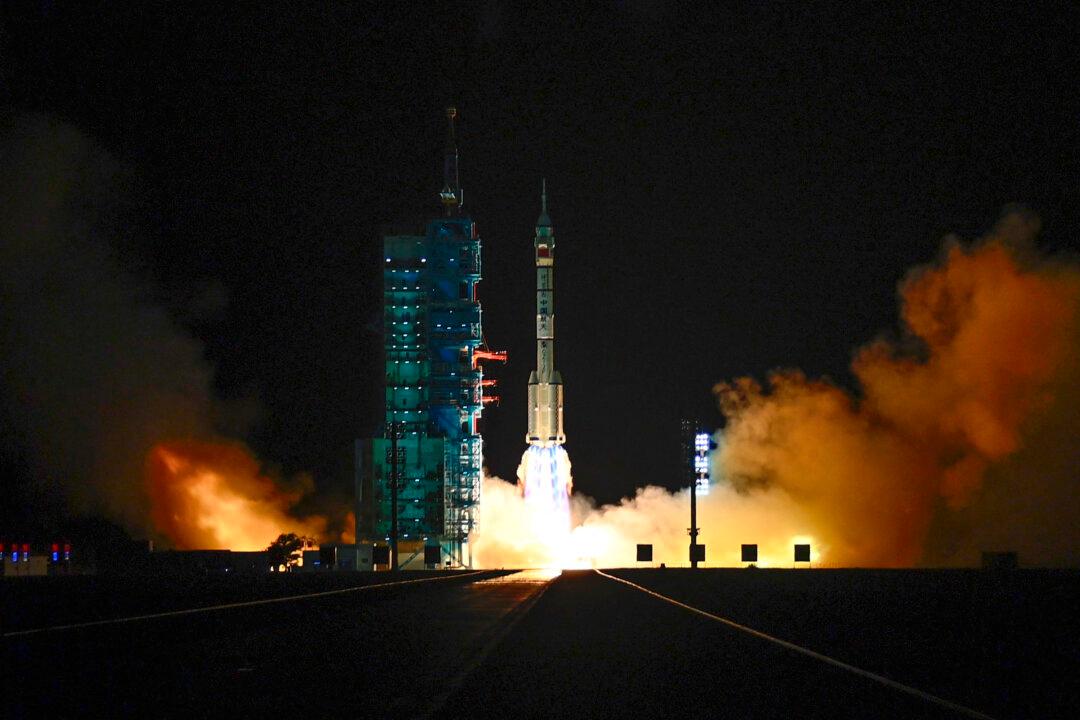Held from July 19-25 in Japan, the exercises marked the three European countries’ first simultaneous collaboration with an Asian democracy. They are one of a series of international defense engagements aimed at maintaining peace and stability in the Asia-Pacific region, coming shortly after Japan’s first joint maritime security exercise with Taiwan since 1972.
German and Spanish fighter jets and transport planes arrived at Chitose Air Base in Hokkaido, while French fighter jets and tanker aircraft were stationed at Hyakuri Air Base in Ibaraki Prefecture. The week-long event facilitated intensive tactical training for Japan and its NATO partners.
According to Fidel Sendagorta, the Spanish ambassador to Japan, the initiative is part of a broader effort to enhance defense cooperation with Japan—a sentiment widely supported by both the military and diplomatic communities.
According to Japan’s Defense Bureau in Chitose, Hokkaido, the scale of participation is significant.
The German Air Force deployed three Eurofighter jets and one A400M transport plane.The French Air Force was represented by four Rafale fighter jets, three A330MRTT tanker aircraft, and three A400M transport planes, totaling about 260 personnel.
Multinational Commitment to Stability in Indo-Pacific
Japan’s Defense Minister, Minoru Kihara, announced at a recent press conference that Japan’s Self-Defense Forces conducted joint naval training with Turkey, the Netherlands, and India in June, emphasizing Japan’s strategic pivot towards enhancing military cooperation with multiple nations to address security challenges in the Indo-Pacific region.The aim is to bolster Japan’s tactical capabilities and foster a “free and open Indo-Pacific” through these collaborations.
Mr. Kihara underscored Japan’s commitment to maintaining the status quo without resorting to unilateral force. He highlighted the “shared values of freedom, democracy, human rights, and the rule of law” with these nations, emphasizing the need for “continued defense collaborations given the complex security issues plaguing the region.”

Li Cheng-Hsiu, Associate Research Fellow at Taiwan’s National Policy Foundation, noted that the exercise not only targets China but also signifies NATO’s commitment to upholding international peace and order.
Mr. Li noted the significance of China’s maritime expansions in the East and South China Seas, which underscores NATO’s growing involvement in Indo-Pacific affairs, as affirmed during the NATO summit in Washington earlier this month.
Pacific Sky 24
Pacific Sky 24 involves 29 countries, including the United States, Germany, and France. These exercises, encompassing varied training operations across global locales from Alaska’s Arctic Guardian to Australia’s Pitch Black 24, demonstrate a concerted effort to enhance interoperability among allied forces.Chang Yen-Ting, former Deputy Commander of the Taiwan Air Force and a professor at Taiwan’s National Defense University, told The Epoch Times that the exercises aimed to bolster defense cooperation and interaction in Asia, specifically targeting China’s growing influence.
Mr. Chang remarked on the transformation of China’s military posture from conservative to expansionist, posing heightened threats across strategic locations like the Taiwan Strait and beyond.
He emphasized the importance of collaborative defense measures between the United States and Japan to counter these challenges effectively.
“Although the military contributions from each country involved are modest, their combined forces represent a significant collective strength that should not be underestimated. This collaboration substantially enhances their ability to maintain the status quo. Furthermore, the mutual access agreements and existing cooperation between these three countries and Japan underscore their shared concern regarding the Taiwan Strait issue,” Mr. Chang said.
Mr. Li said that while the European and Japanese forces are not in a formal military alliance, their continued cooperation could become a significant deterrent against the aggressive actions of the Chinese Communist Party (CCP).
“Over the years, the CCP’s multifaceted threats to Taiwan—politically, economically, diplomatically, and militarily—have compelled the international community to prioritize Taiwan’s security seriously,” Mr. Li said.
Expanding Cooperation with NATO Member States
Following the NATO summit in Washington, Japanese Prime Minister Fumio Kishida met with German Chancellor Olaf Scholz in Germany on July 12 to discuss expanding defense cooperation in the Indo-Pacific region, a move prompted by concerns over China’s assertive policies.
During a joint press conference, Mr. Kishida emphasized the need for robust collaboration with Germany, while Mr. Scholz highlighted recent German military activities in the region—such as the summer deployment of aircraft and warships—as demonstrations of solidaristic support. He stressed the importance of adhering to international maritime norms, especially given China’s activities in the South China Sea.
Exercises with Italian Air Force
As part of ongoing efforts to enhance its strategic partnerships, the Japan Air Self-Defense Force announced upcoming joint exercises with the Italian Air Force, slated for Aug. 6-8.According to the announcement, these exercises are aimed at enhancing the tactical capabilities of Japan’s forces and deepening defense cooperation to uphold a “free and open Indo-Pacific.”
Participating in the exercise from Japan will be the 3rd Air Wing (Misawa) with four F-35A jets. The Italian Air Force will contribute significantly with four F-35A jets, four Eurofighter jets, one KC-767 tanker, one CAEW (G550) surveillance aircraft, and one C-130J transport aircraft. Additionally, three KC-767s will support the operations at Misawa Air Base.
Japan’s Defense White Paper
On July 12, the Ministry of Defense of Japan issued the 2024 Defense White Paper, marking a significant milestone—the 70th anniversary of the Japan Self-Defense Forces and the 50th edition of the paper. Reflecting the heightened concerns over regional stability, this year’s edition was also published in Simplified Chinese, underscoring the urgency and significance of its contents.In the foreword, Japanese Defense Minister Minoru Kihara wrote: “The international community has entered a new era of crisis. It is now facing its greatest trial since the end of World War II. The existing order is being seriously challenged. Japan finds itself in the most severe and complex security environment of the post-war era.”
The paper points to China’s escalating military activities as a primary concern, noting its increased presence in the East China Sea and the broader Pacific region, often in conjunction with Russia. This aggressive posture necessitates, according to Mr. Kihara, “a fundamental reinforcement of defense capabilities of Japan” and stronger cooperation with allies and like-minded nations.
Emphasis is placed on advancing the deterrent and responsive capacities of the U.S.-Japan alliance, which is increasingly coordinated with broader U.S.-Japan-South Korea ties and extended through frequent NATO engagements in the region.
In response to Japan’s strengthened alliances with the United States and other allies, Mr. Li contends that China’s portrayal of military strength is exaggerated and primarily serves domestic political purposes.
“The Chinese leadership is acutely aware of its military’s limitations, especially in comparison to the capabilities of the United States and its allies, including Japan,” Mr. Li noted.







